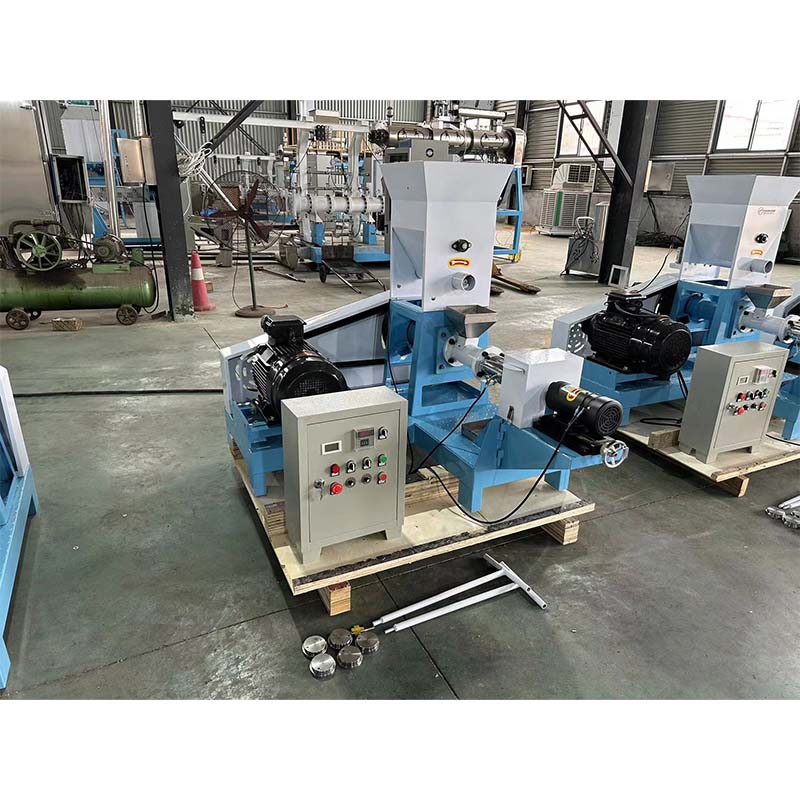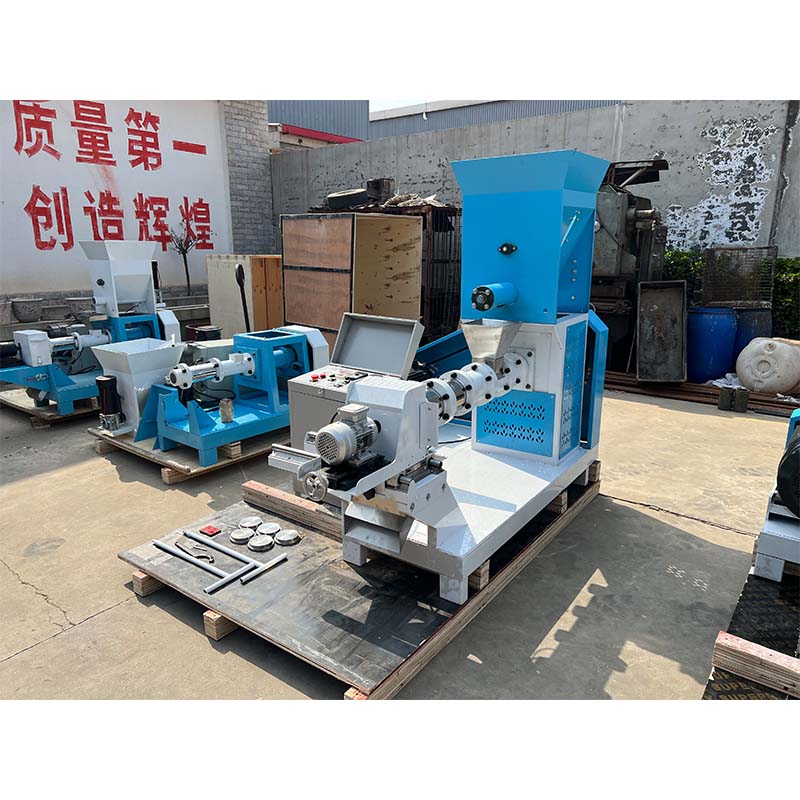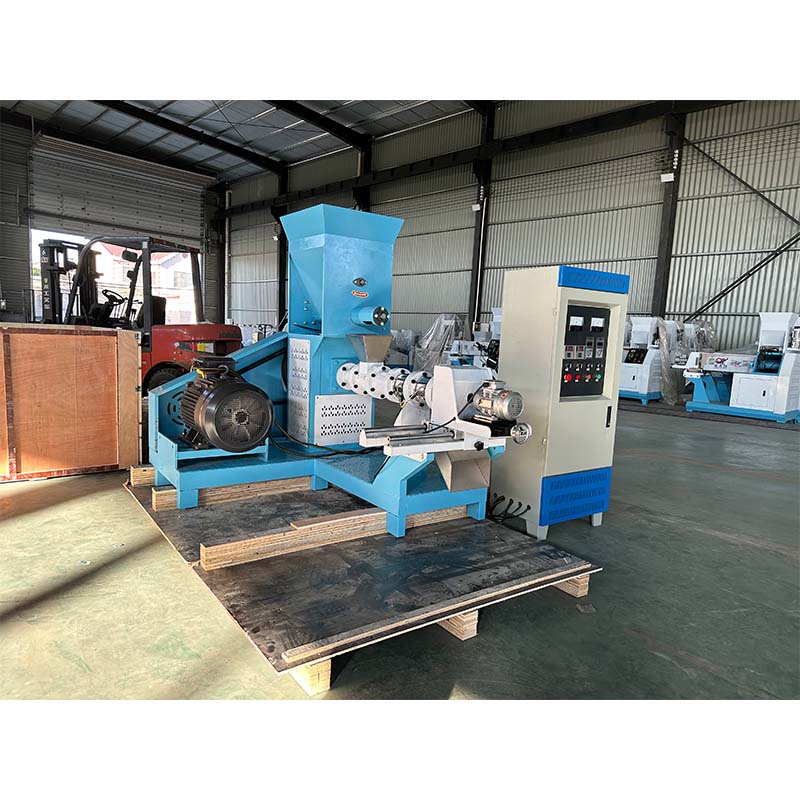Poultry Feed Mixer Grinder - High-Efficiency, Uniform Mixing
Oct . 22, 2025 13:40 Back to list
Poultry Feed Mixer Grinder - High-Efficiency, Uniform Mixing
Field notes on a Poultry Feed Mixer Grinder: what matters in real-world mills
If you’re spec’ing a new line, the first thing I point to is a reliable Poultry Feed Mixer Grinder. That’s the beating heart—grinding to the right particle size, blending consistently, and playing nicely with your chaff cutter or pellet/extrusion stage. On the shop floors I visit, one machine keeps cropping up: the Grains grinder chaff cutter machine out of Jinwang Western Street, Industrial Zone, Anping County, Hengshui, Hebei, China. It’s a mouthful, yes, but it’s practical kit.

Industry trends I’m seeing
Three things: multi-species flexibility (poultry today, aquaculture tomorrow), lower energy per ton, and traceability that satisfies ISO 22000/HACCP audits. Interestingly, this unit pairs with floating-feed extruders for fish/shrimp feeds—handy if you run integrated livestock–aquaculture operations. In fact, many customers say they started with layers and later added fish feed, using the same upstream grinder/mixer.

Process flow (how mills actually run it)
Materials: corn/maize, soybean meal, wheat bran, rice husk, forage (chaff), premix. Target moisture ≈ 10–12% pre-grind.
Methods: pre-cleaning and magnet → hammer grinding (≤ 1.0–3.0 mm sieve, ISO 3310-1 style sizing) → chaff cutting for bulky forage → batch mixing (CV ≤ 10% is a common benchmark) → optional conditioning → pelletizing/extrusion (floating feed can stay buoyant >24 h) → cooling → screening → bagging with lot traceability.
Testing standards: ISO 22000/HACCP for food safety systems; EU 183/2005 for feed hygiene; AAFCO guidance on ingredient specs; sieve checks per ISO 3310-1; in-house CV tests (salt marker method). Service life: mainframe ≈ 5–8 years; wear parts (hammers/knives/liners) 300–800 hours depending on abrasiveness.

Product snapshot: Grains grinder chaff cutter machine
| Capacity | ≈ 300–900 kg/h (real-world use may vary with moisture/sieve) |
| Power | ≈ 4–11 kW, 380V/50Hz (customizable) |
| Functions | Hammer grinding, chaff cutting; integrates upstream of mixers/extruders |
| Output formats | Meal for poultry; prepped material for pellet or floating feed lines (>24 h float reported) |
| Origin | Jinwang Western Street, Industrial Zone, Anping County, Hengshui, Hebei, China |

Where it’s used (and why farmers keep it)
- Poultry rations for broilers/layers; goats/sheep/cattle forage blends
- Pet and aquaculture feed upstream prep (dogs/cats, carp, catfish, shrimp, crab)
- Small–mid feed mills needing fast changeovers and modest footprint
Advantages: consistent particle size, decent energy profile, easy knife change. To be honest, the quietest? Not always. But the uptime is respectable.

Vendor comparison (what buyers compare)
| Vendor | Certs | Customization | Lead time | Notes |
|---|---|---|---|---|
| Yize Machine (China) | ISO 9001, CE (typ.) | Sieve, motor, hopper options | ≈ 15–30 days | Strong value; paired extruder for floating feed |
| Local Fabricator | Varies | High (bespoke) | Short | Service nearby; spec consistency varies |
| Regional Trader | CE (claimed) | Limited | Stock-dependent | Quick buy; unclear spare parts |
| EU Brand | CE, ISO 22000-support | Medium | Longer | Premium price; excellent documentation |

Case study: 5,000-layer farm + small fish pond
After installing the Poultry Feed Mixer Grinder upstream of a small mixer and a floating-feed extruder, the farm reported: CV = 7.8% on mash tests; energy ≈ 0.42 kWh/100 kg feed; breakage reduced by ≈ 12% with 2.0 mm sieve; floating pellets held >24 h on pond trials. Maintenance was routine—knife flips every ~350 hours; bearings greased weekly. Honestly, that’s about as trouble-free as small mills get.
Customization and compliance
Options: sieve sizes, motor power, stainless contact parts, cyclone dust control, and premix ports. Documentation can be aligned to ISO 22000/HACCP plans; traceability labels and lot logging can be added upstream. For poultry, pet, and aquaculture—this Poultry Feed Mixer Grinder slots in cleanly.
Authoritative citations
- FAO. Feed production and quality assurance: https://www.fao.org/feed/en/
- ISO 22000:2018 Food safety management systems: https://www.iso.org/standard/65464.html
- EU Regulation (EC) No 183/2005 on feed hygiene: https://eur-lex.europa.eu/eli/reg/2005/183/oj
- AAFCO Official Publication (feed ingredients/labels): https://www.aafco.org/
- ISO 3310-1 Test sieves — Technical requirements: https://www.iso.org/standard/70126.html
-
Automatic Feeding Line System-Anping County Yize Metal Products Co., Ltd.|Automated Feeding&Watering
NewsNov.21,2025
-
What is a Silo Automatico? Industry Applications, Benefits & Future Trends
NewsNov.20,2025
-
Practical Guide to Egg Laying Chicken Cages for Sale – Durable, Scalable & Sustainable
NewsNov.19,2025
-
Chicken Cages in China – Durable, Cost-Effective Poultry Housing Solutions
NewsNov.18,2025
-
Trusted Chicken Cage Manufacturers for Durable, Sustainable Poultry Housing
NewsNov.17,2025
-
H Type Layer Chicken Cage - Efficient and Sustainable Poultry Housing Solutions
NewsNov.15,2025






